Astronomers are difficult over observations that exhibit a black gap smashing into a thriller object of uncommon size.
New lookup posted in The Astrophysical Journal Letters describes a collision between a black gap and a yet-to-be recognized object. At the time of this celestial tryst, the black gap was once 23 instances greater huge than our Sun, however the unknown object used to be simply 2.6 instances the Sun’s mass, which is incredibly weird.
The scientists at the back of the new paper, co-authored through astrophysicist Vicky Kalogera from Northwestern University, say the smaller object should be a black gap or a neutron star, the latter of which is the super-dense remnant of an exploded star. A black gap of 2.6 photo voltaic hundreds would be the smallest on file (the lightest acknowledged black gap is 5 photo voltaic masses), whilst a neutron megastar of the identical mass would be the largest on file (the heaviest neutron stars are between 2.3 and 2.4 photo voltaic masses). So both way, it’s now not some thing astronomers have ever viewed before—and in fact, it should characterize an totally new category of dense, compact objects.
“This discovery is surprising due to the fact we located an object with a mass we did no longer expect,” defined Imre Bartos, an astrophysicist at the University of Florida and a co-author of the new study, in an e mail to Gizmodo. This vary of compact objects, between about 2.2 and 5 photo voltaic masses, used to be “thought to be uninhabited till now,” he said, in reference to an enigmatic weight classification recognized as the mass gap.
“In my opinion, the most exciting section of this find out about is the detection of an object in the ‘mass gap,’ which is a kind of no-man’s-land between the heaviest neutron big name and lightest black gap hundreds we’ve measured,” Thankful Cromartie, an astrophysicist at the University of Virginia and the National Radio Astronomy Observatory who wasn’t concerned with the new study, wrote in an e mail to Gizmodo. “Unfortunately, it’s not possible to say which it is, in part due to the fact the ‘tidal deformation,’ or neutron big name stretching, that’s generally detectable in neutron celebrity mergers is drowned out by using this merger’s asymmetry.”
That said, the accessible observational proof and theoretical predictions of desirable neutron superstar hundreds “indicate that this object is most in all likelihood to be a very mild black hole,” she said. If this turns out to be a bona fide neutron star, “we’d have to very radically rethink the way remember behaves at extraordinarily excessive densities.”
Astronomers have earlier witnessed black gap on black gap action, and even neutron stars smashing into different neutron stars, however no longer a black gap colliding with a neutron star. If confirmed, this cosmic merger, unique GW190814, would be the first. Gizmodo wrote about preliminary lookup into this match remaining summer.
GW190814 was once noticed on August 14, 2019 through the National Science Foundation’s Laser Interferometer Gravitational-Wave Observatory (LIGO) and the Virgo detector. This merger, positioned eight million light-years from Earth, used to be so momentous that it created ripples in the cloth of space-time, which radiated outwards in the structure of gravitational waves that finally reached detectors on Earth (thanks Einstein!). The discrepancy in mass of the two objects, at a ratio of 9:1, represents a new excessive for a gravitational wave event. The prior mass disparity report belonged to GW190412—a collision involving two black holes—which featured a 4:1 mass ratio.
Previous cosmic mergers involving neutron stars, like GW170817 from August 2017, produced detectable mild waves in addition to gravitational waves, however no mild was once detected from this merger, regardless of the reality that a number of observatories around the world have been educated on the spot after LIGO and Virgo scientists despatched out an alert. It’s possible, the authors say, that the mild from GW170817 was once too faint given the enormous distances involved. Or, the unknown object used to be a black hole, albeit a fantastically underweight black hole. The researchers advocate any other possibility: It was once a neutron superstar that was once devoured by using the black gap in one massive gulp, in a fast merger that produced no light.
Excitingly, and as Charlie Hoy, a member of the LIGO Scientific Collaboration and a graduate scholar at Cardiff University, stated in a press release: “This is the first glimpse of what ought to be a complete new populace of compact binary objects.”
Cromartie stated the lighter object is not likely to be a neutron star, “despite how thrilling that end result would be.” We’re now not presently capable to recognize both way, “but it’s necessary no longer to burn up too a whole lot strength on thinking about that possibility,” as the LIGO group has explicitly referred to that it’s now not likely, she said.
The beginning of the lighter object, with its 2.6 photo voltaic masses, stays every other mystery. Both neutron stars and black holes are born when large stars crumple below their very own gravity, stated Bartos, however the new object is “inconsistent with this evolution, so some thing have to have created it different than a loss of life star.”
One fascinating possibility, stated Bartos, is that this object emerged from the collision of two “normal-sized” neutron stars, which have a tendency to weigh round 1.3 photo voltaic masses, “so two of these can properly make up the mass we examine here,” he instructed Gizmodo. To which he added:
The reality that such a collision used to be then observed through the remnant’s collision with a black gap suggests that there is some kind of “assembly line” at play here. This is truly predicted in the universe in locations the place there are a lot of black holes and neutron stars in shut proximity. This is the case in the core of each and every galaxy the place these objects migrate due to the enchantment of the central supermassive black gap that is determined in essentially each and every galaxy. It can additionally assist if some thing enables the collisions, like a giant inflow of gasoline that types a disk round the supermassive black hole, and then collects and assembles the smaller black holes and neutron stars. Actually, the different huge shock about this event, the very one of a kind loads of the two colliding objects, is additionally pointing toward a violent encounter.
The subsequent step will be to affirm and find out about greater cosmic mergers. The excellent information is that greater detections are anticipated in the coming months and years, as our astronomical devices regularly improve.
“The price of discoveries is accelerating—this used to be solely the 1/3 collision posted through LIGO and Virgo out of over 50 candidates that we are nevertheless analyzing,” Bartos advised Gizmodo. In the coming years, the fee of discoveries will in addition extend by way of a big factor, he said, “so we can count on extra thrilling detections” on a virtually each day basis. Which, wow.
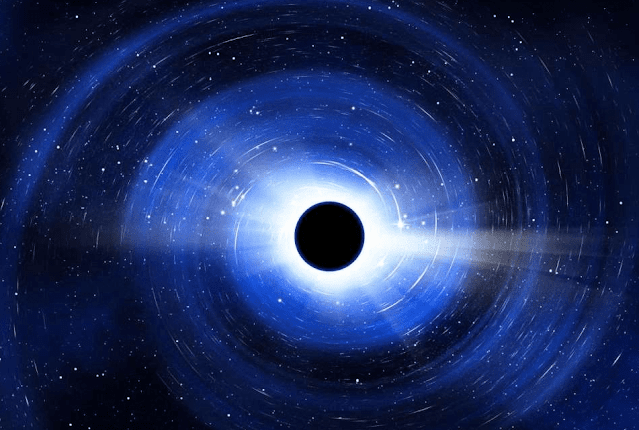
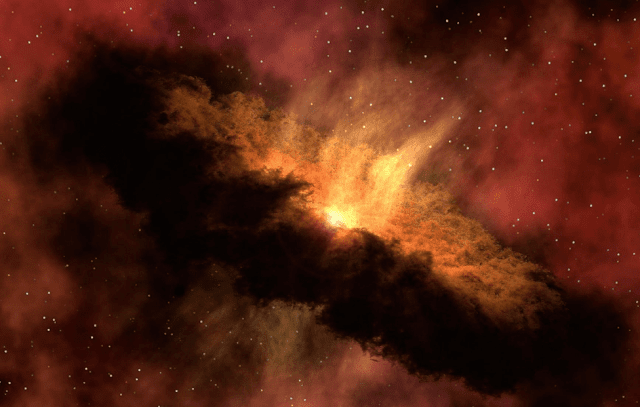
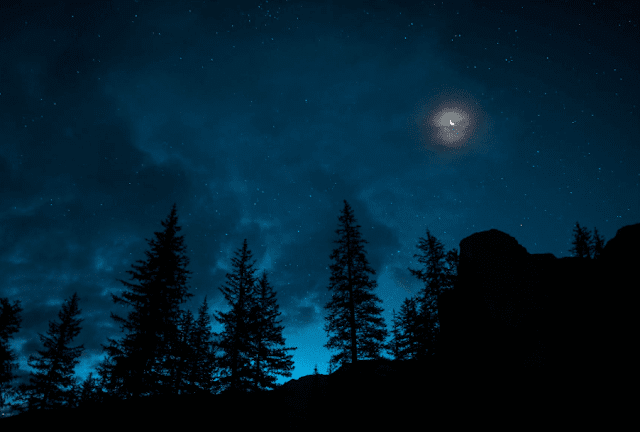
















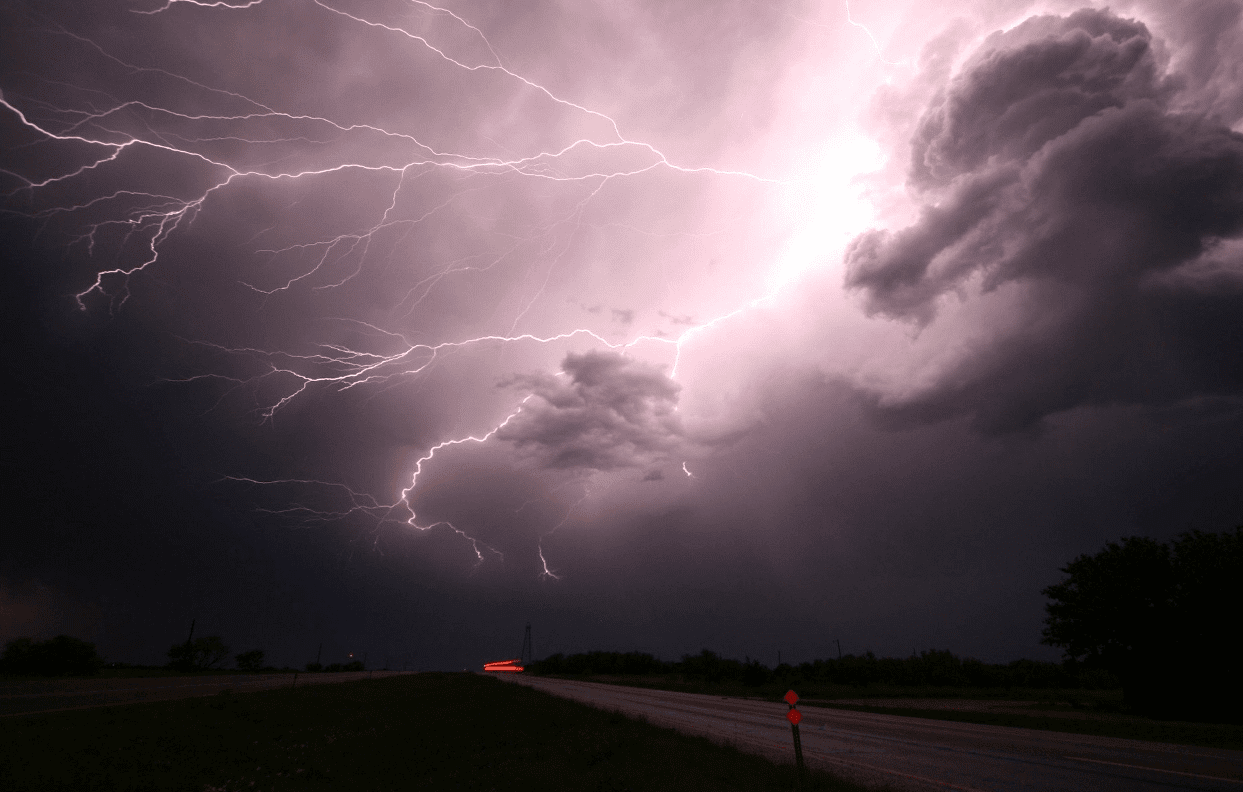

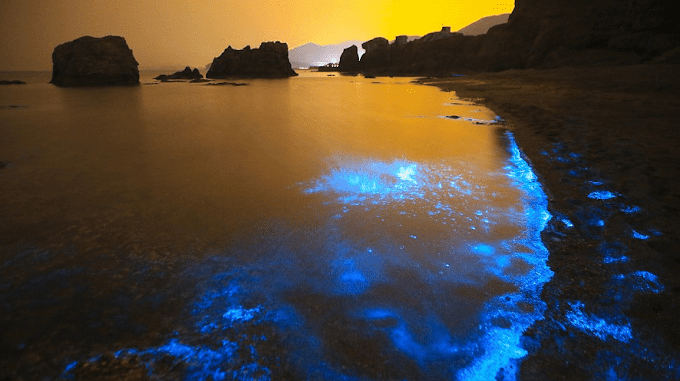






0 Comments
Please do not enter any spam links in the comment box.